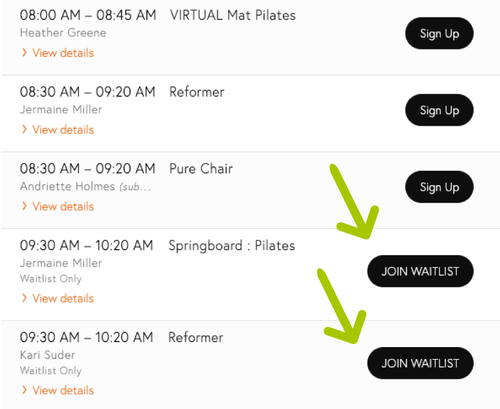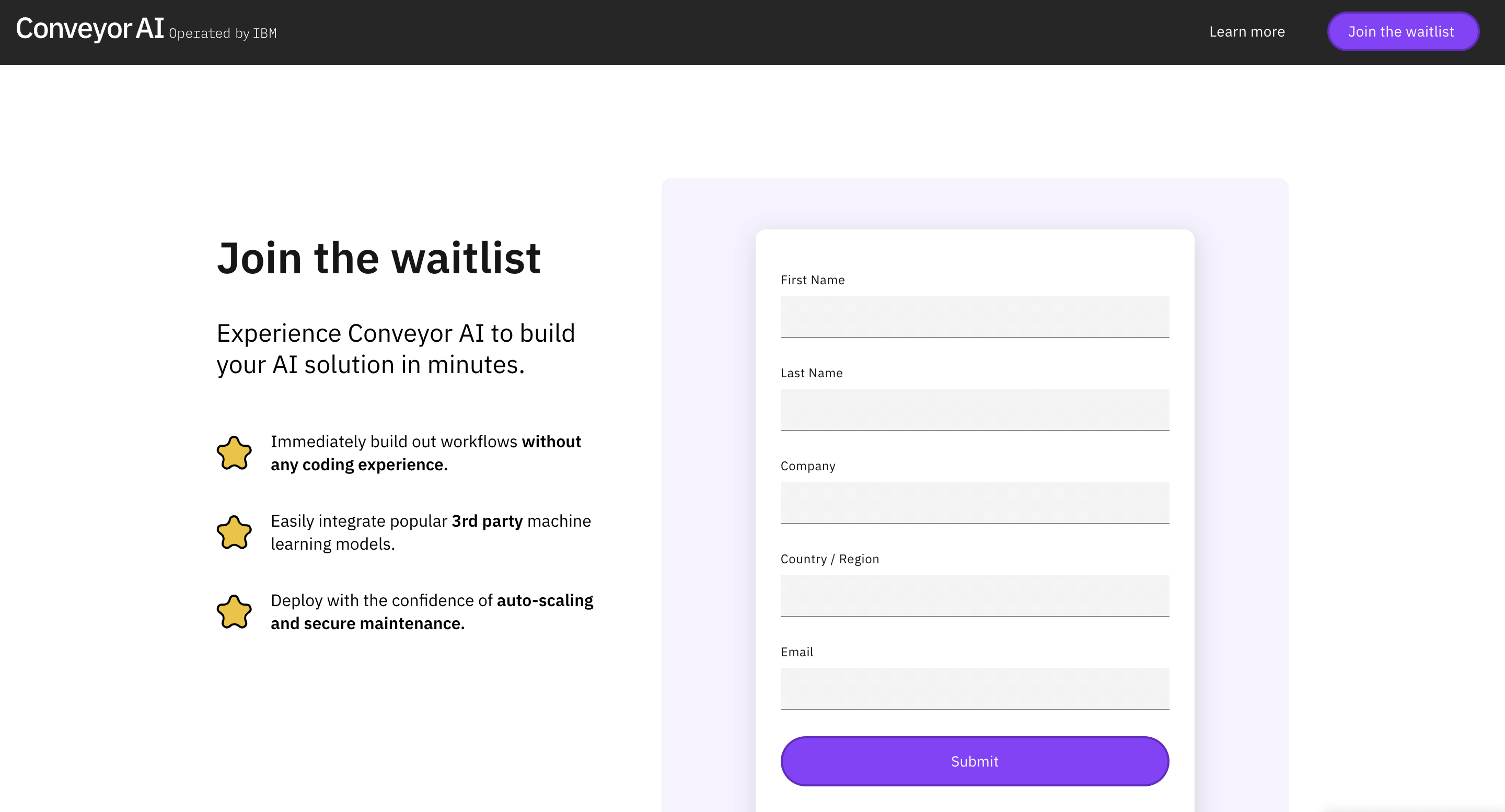
Is Your Pricing Structure Working? How to Re-evaluate and Optimize for Success
In any business, pricing plays a pivotal role in determining profitability, competitiveness, and customer satisfaction. Yet, many fitness studios, wellness centers, and small businesses often overlook the need to periodically reassess their pricing structure. If you’re struggling with low conversions, unprofitable pricing, or not seeing the revenue growth you’d expect, it’s time to re-evaluate your pricing model.
This blog will walk you through the process of reassessing and optimizing your pricing structure to ensure that it’s aligned with your business goals, customers’ expectations, and industry standards. We’ll break down common pricing pitfalls, offer effective strategies to boost profits, and provide actionable tips for setting a price structure that drives success.
Section 1: Why Your Pricing Structure May Not Be Working
Common Signs That Your Pricing is Off
A lot of businesses don’t realize they have a pricing issue until they notice certain red flags. If you’ve experienced any of the following, your pricing structure may need an overhaul:
- Declining Profit Margins: If you’re not making as much money as expected, or your margins are shrinking, it’s a sign that your pricing may be too low.
- Increased Customer Complaints: If your customers are consistently questioning your pricing or complaining about cost, it could mean that your pricing doesn’t reflect the value they perceive.
- High Churn Rates: If customers are leaving after a short period of time or after using a service only once, your prices may be too high for the perceived value.
- Difficulty Attracting New Customers: A high customer acquisition cost or stagnation in growth may signal that your pricing is either too steep or not competitive enough in comparison to others in the market.
Understanding these signs is the first step toward fixing any issues with your pricing.
Section 2: The Benefits of Re-evaluating Your Pricing Structure
Why Re-evaluating Pricing is Crucial
Re-evaluating your pricing structure can lead to improved business outcomes. Here are the key benefits:
- Increased Profit Margins: By adjusting your pricing to reflect market demand and business costs, you can increase your profit margins.
- Attract the Right Customers: A well-defined pricing structure can help you attract and retain customers who see your services as valuable, making them more likely to stay longer.
- Better Cash Flow: When you optimize your pricing, you ensure steady cash flow, reducing the strain on your business operations and allowing for more strategic growth.
- Competitiveness in the Market: Pricing should reflect the value you provide and also remain competitive within your industry. Re-evaluating ensures that you stay relevant.
Ultimately, the right pricing strategy enables you to remain profitable while delivering high-quality service and value to your customers.

Section 3: How to Re-evaluate Your Pricing Structure
Step 1: Assess Your Current Pricing
Start by thoroughly assessing your current pricing structure. Review the following:
- Costs of Operations: Are your prices covering the cost of providing services, including fixed costs (rent, utilities) and variable costs (equipment, staff wages)?
- Competitor Pricing: How do your prices compare to your competitors? Are you in line with the market or overpriced/underpriced?
- Customer Expectations: Have you surveyed your customers to understand what they are willing to pay for the services you offer? Are you pricing services in a way that aligns with customer expectations?
Ultimately, the right pricing strategy enables you to remain profitable while delivering high-quality service and value to your customers.
Step 2: Understand Your Target Market
Knowing your target audience is essential when setting the right price. Consider the following:
- Demographics: Who are your customers? What’s their income level? Do they value quality over price, or are they more cost-sensitive?
- Buying Behavior: What influences their purchasing decisions? Do they prioritize convenience, prestige, or affordability?
- Market Trends: What are current trends in your industry that could affect pricing? For instance, if you’re running a yoga studio, the rise of online classes may mean you need to adjust pricing for in-person and virtual sessions.
By understanding your audience better, you’ll have a clearer sense of the pricing that aligns with their values and expectations.

Step 3: Evaluate Your Pricing Models
There are several pricing models to choose from depending on your business type. Here are a few options:
- Flat Rate Pricing: A set price for a particular service or product (e.g., membership or package deals).
- Tiered Pricing: Offering different levels of services at various price points, allowing customers to choose based on their needs and budget.
- Pay-As-You-Go Pricing: Customers pay for each individual session or class. This works well for businesses that offer drop-in services.
- Freemium Pricing: Offering a free trial period or basic service, with paid upgrades for premium features.
- Discounts and Promotions: Offering seasonal or volume-based discounts for long-term commitments.
Consider experimenting with these models to see which one resonates best with your customers and aligns with your business goals.
Step 4: Factor in Value, Not Just Cost
Your pricing should reflect the value you’re offering. If you’ve been solely focused on the cost to run your business, you may be missing out on pricing opportunities based on perceived value. For example:
- High-Quality Experience: If your services offer a premium experience (exclusive classes, personalized attention), your pricing should reflect that premium service.
- Unique Selling Proposition (USP): Do you have something unique about your business, such as specialized equipment, unique instructors, or a loyalty program? Ensure your pricing accounts for these factors.
Customers are more likely to accept higher prices if they perceive your offerings as unique and valuable.
Section 4: How to Optimize Your Pricing Strategy
Step 5: Experiment with Pricing Models
Once you’ve reviewed your existing model and understood the market, experiment with new pricing strategies. Here are some ideas:
- Offer Value-Based Pricing: Instead of just focusing on the costs of providing services, consider the value your customers perceive. Adjusting pricing based on perceived value can improve both customer satisfaction and profits.
- Test Different Packages and Discounts: Try bundling services into packages or offering discounts for memberships and long-term contracts.
- Implement Dynamic Pricing: For services that can fluctuate in demand, like group fitness classes, consider dynamic pricing. For example, you could increase the price of classes during peak times and reduce them during off-peak hours.
A/B testing is a great way to experiment with different pricing strategies to see what yields the best results.

Step 6: Continuously Monitor and Adjust
Pricing should never be static. Market conditions, customer preferences, and business goals change over time. Continuously monitor:
- Customer Feedback: Listen to how customers are responding to your pricing. Are they complaining? Are they willing to pay more for certain services?
- Sales Data: Track how sales fluctuate when you adjust your pricing. Do certain price points lead to more sales or fewer?
- Competitor Pricing: Stay on top of what your competitors are doing with their pricing. If there are changes in the market, be ready to adjust accordingly.
Regular adjustments will ensure that your pricing stays competitive and aligned with your goals.
Section 5: Tools to Help You Re-evaluate Your Pricing Structure
There are several tools you can use to streamline the process of re-evaluating and optimizing your pricing:
- Pricing Software: Platforms like Price Intelligently or ProfitWell can help you analyze customer data and adjust pricing based on value.
- Customer Surveys: Use tools like SurveyMonkey to gather customer feedback about pricing and perceived value.
- Competitive Analysis Tools: Tools like SEMrush or SpyFu allow you to see what your competitors are offering and their pricing strategies.
These tools can save you time, help you make data-driven decisions, and avoid pricing mistakes.

Conclusion: Setting Yourself Up for Long-Term Success
Re-evaluating your pricing structure is a crucial step toward building a more profitable business. Whether you’re adjusting prices to increase revenue, attract a more targeted customer base, or stay competitive in the market, a well-thought-out pricing strategy can lead to greater success in your fitness studio or wellness business.
Remember that your pricing should reflect the value you provide to customers and be adaptable to market changes. By continuously monitoring and adjusting your prices, you can ensure that your business remains profitable and sustainable in the long run.
Call to Action: Ready to re-evaluate your pricing structure? Start by analyzing your current pricing model, gathering customer feedback, and testing new strategies. The right pricing can make all the difference in achieving long-term business success.

















